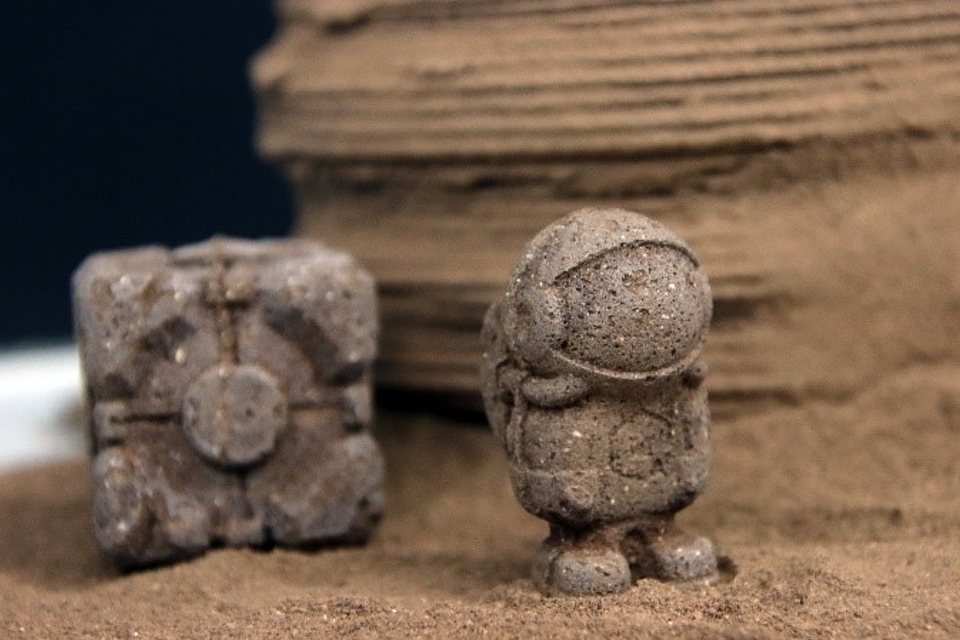How fungi can help us build houses on Mars
That is, if it is up to researchers from the University of Singapore. In the magazine PLOS ONE they describe a relatively simple way of obtaining materials that can soon be used on Mars not only to build houses, but also to manufacture the necessary tools. In fact, it is a completely new, nature-inspired material, which largely consists of chitin: a material that occurs frequently in nature, which we find in the cell walls of fungi, the exoskeletons of insects, for example, and the scales of fish.
The material
In their study, the researchers describe how they combine chitosan – a biopolymer created by deacetylating chitin – with a mineral that mimics the properties of the Martian Earth. The resulting material turned out to be very suitable for making all kinds of objects. For example, the researchers processed it into a wrench and a miniature version of a Martian living module.
“It feels a bit like concrete, but it is much lighter,” says researcher Javier Fernandez, when asked what exactly should we imagine with this new material. “The material we use is actually a combination of chitin and acetic acid – which can also be obtained biologically, namely through fermentation. And that combination is then mixed with regolith (Martian earth, ed.). You can use the resulting material in a 3D printer, but you can also shape it using molds. ”
Independent of the earth
In their study, the researchers describe not only how the material is made, but also a closed ecosystem that can produce both the material and the chemical processes necessary to make it. “The idea is not to ship chitin from Earth. No, quite the opposite: we don’t want to be dependent on the Earth, ”said Fernandez. For example, it means very concretely that the chitin will soon have to be made on Mars. “The easiest way to do that is with the help of fungi and insects or rather a combination of the two.”
Applications
Fernandez and colleagues can already see for themselves how the material will be extracted on Mars in the future and used to build Martian living modules, for example. The material is sturdy enough for it. But does it also protect against the dangerous radiation that astronauts on Mars face? Because that is necessary if the material is to actually be used for the construction of living modules where astronauts can safely withdraw. “We haven’t measured radiation absorption yet,” says Fernandez. “We are now working on that.”
But even if the material offers no or insufficient protection, it has a good chance of being used on the red planet in the future. In the case of living modules or houses, perhaps in combination with other materials. Or perhaps at least as a material that astronauts can use to make tools, broken parts or – as a mini-astronaut suggests that the researchers made from the material with the help of a 3D printer – can make home accessories.

Here you see two objects made from the chitin-based material. Image: Javier Fernandez.
In any case, the material is unique and promising, says Fernandez. “Normally, materials that could be used on Mars are actually a translation of technology developed within the abundant and wasteful paradigm that producers on Earth hold.” But for the development of the material that in PLOS ONE described, researchers have completely let go of that frame of mind and have, as it were, started from scratch. “We are known for developing biological materials that are part of ecological systems. The technology we use was originally developed to develop a circular ecosystem in urban environments. But because of its efficiency, it has also proven to be the most efficient and scalable method to produce materials in a closed, artificial ecosystem in an environment of extreme scarcity, such as a lifeless planet or moon (…) Here we show that this technology not only important for a sustainable earth, but also for one of humanity’s next great achievements: our transformation into an interplanetary species. ”

